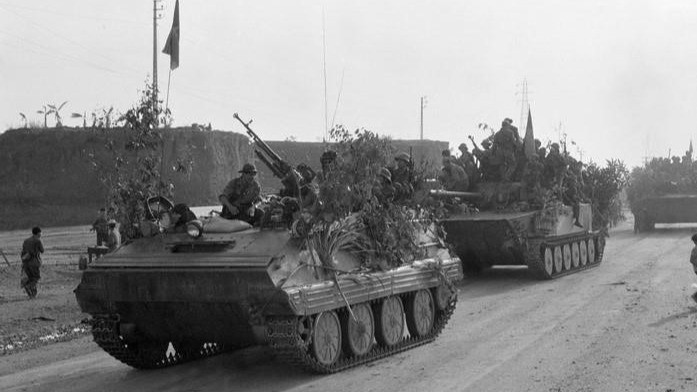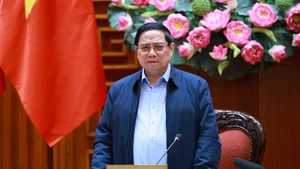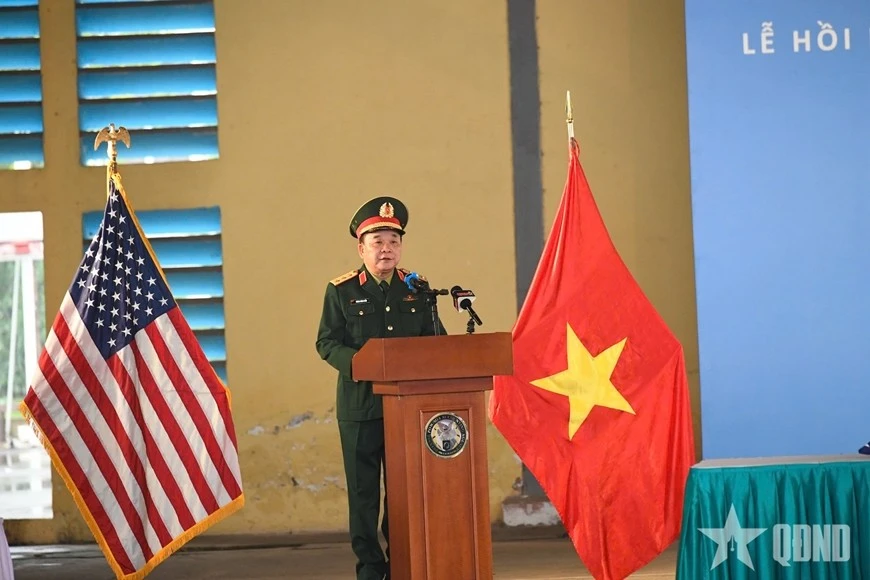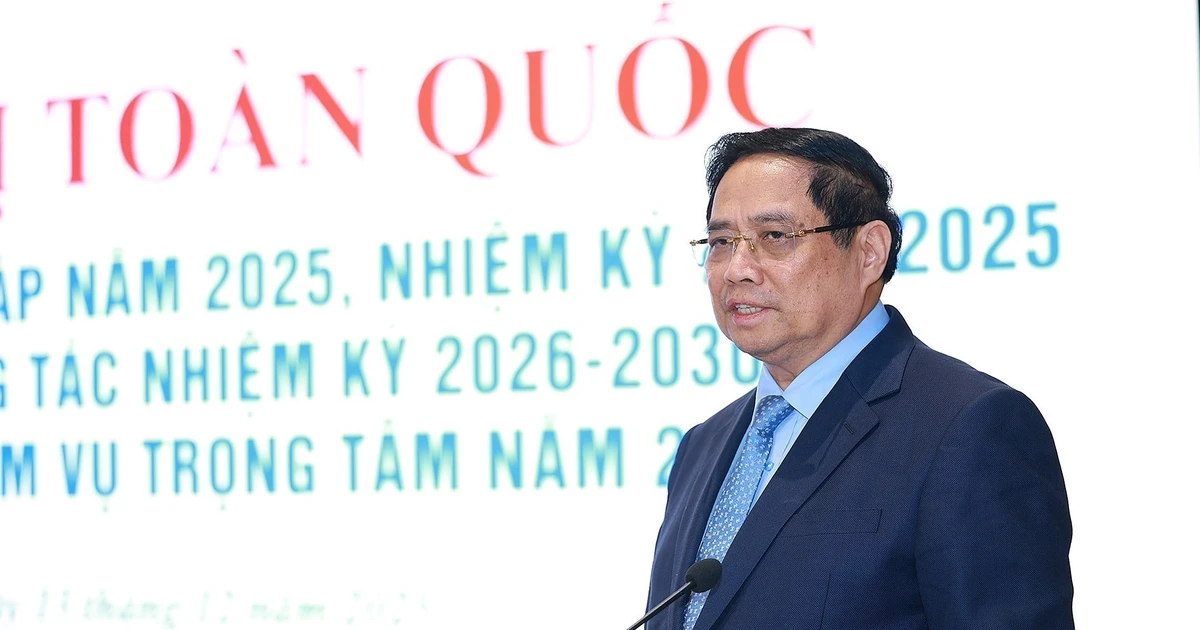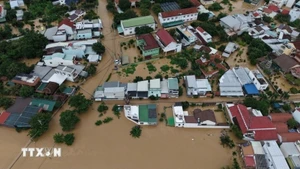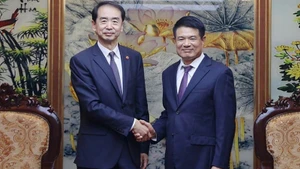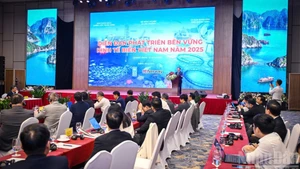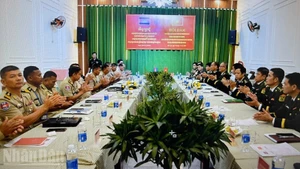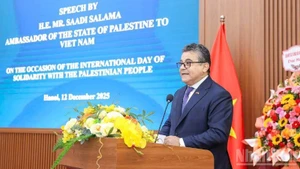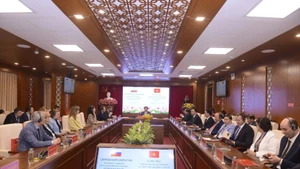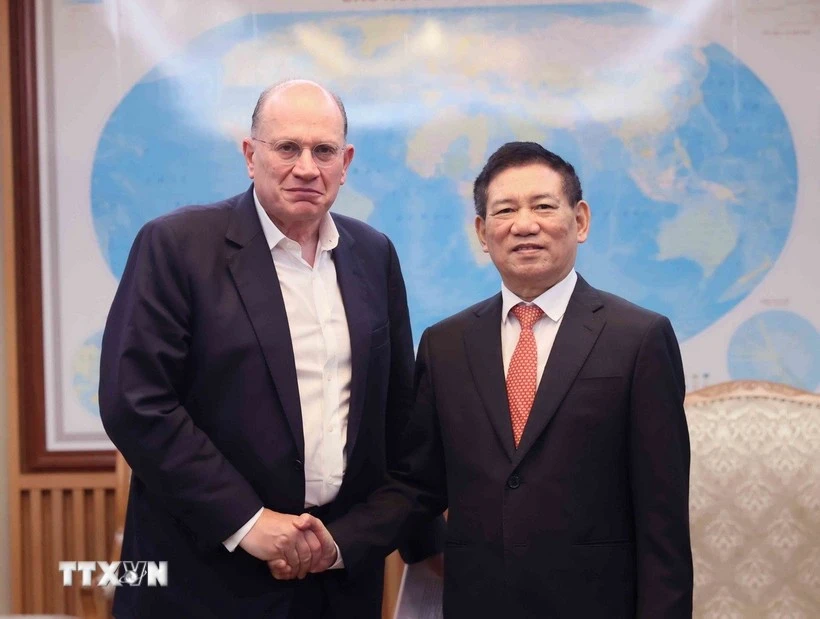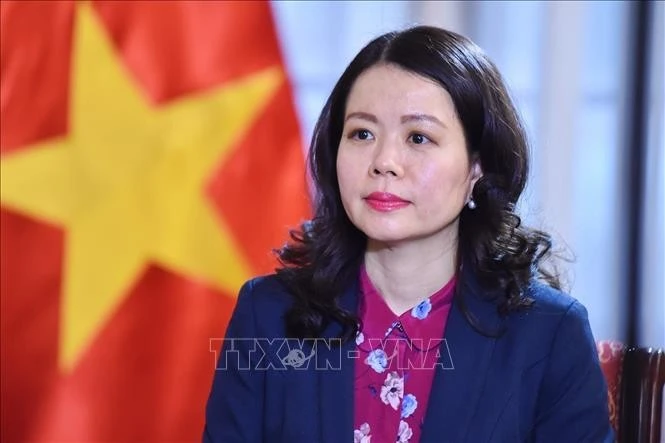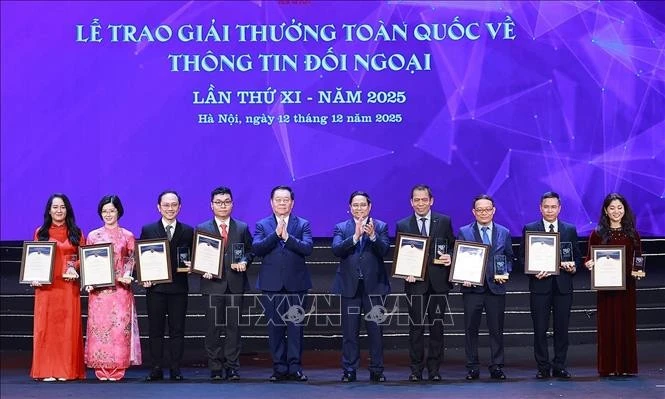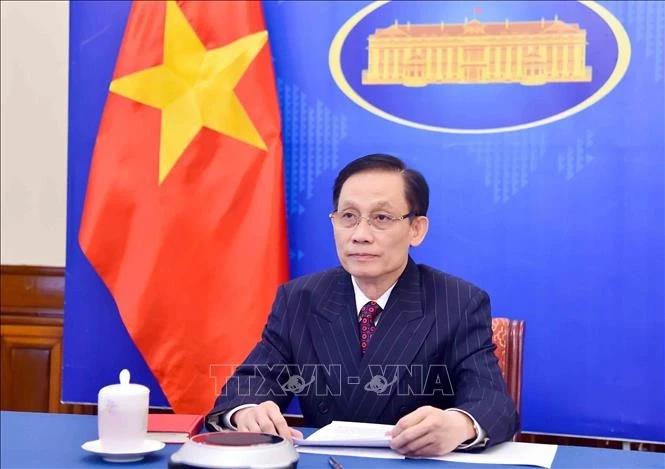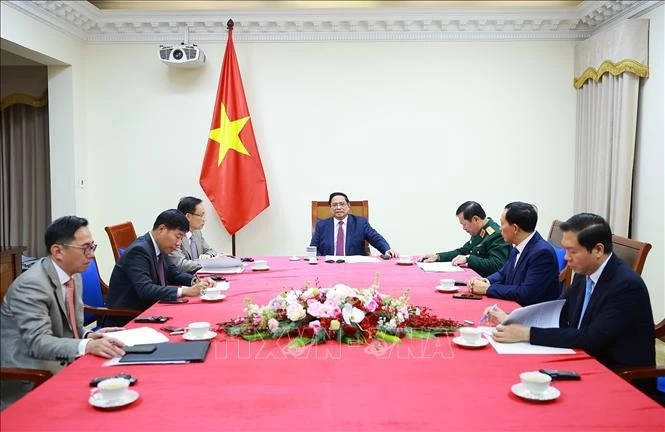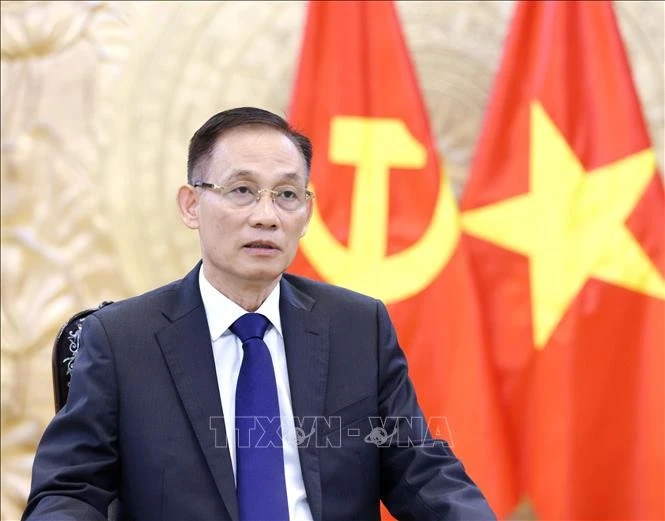On the afternoon of April 12, 1975, at the Command Headquarters of the Saigon Liberation Campaign west of Loc Ninh Town, General Van Tien Dung, Politburo member, Chief of the General Staff, and Commander of the Campaign, assigned tasks to Corps 3 to participate in the liberation of Saigon-Gia Dinh.
On the same day, in preparation for the Saigon liberation campaign, Division 320B of Corps 3 marched to gather at Dong Xoai.
Also on April 12, the Standing Committee of the Saigon-Gia Dinh City Party Committee held a meeting to issue a resolution on urgently preparing for the campaign to liberate the city and assigned tasks to grassroots units and forces to coordinate with the main army forces.
The City Party Committee directed preparations for a popular uprising, distributing leaflets and mobilising strength, and requested all levels to strengthen forces. The city’s special force ensured control over its units, armed masses, and were ready to launch a popular uprising. Forces in the outer areas were ordered to be ready to move into the inner city.
Logistical forces supporting the campaign (including units 210, 814, 235, 220, 230, and 240) deployed activities, closely coordinating with logistical bases in the suburbs and inner city to receive support from the Party Central Committee, thus building a comprehensive supply network.
On April 12, 1975, forces from Military Region 9 opened fire, attacking and heavily damaging the districts of Ba Cang, Binh Minh, and Dong Thanh, destroying and forcing the retreat of 13 outposts while liberating a section of the southern bank of the Hau River.
Local forces in Vinh Long eliminated the rear base of the security battalion and My Thuan District, forcing the retreat of 12 outposts.
On the Can Tho front, the Regiment 20 reached outside the Vong Cung Road on the night of April 12, 1975, however, Regiments 10 and 2, due to being blocked, had to fight fiercely with the enemy and only managed to break through a few days later.
The enemy pursued and swept inside and outside the Vong Cung Road to eliminate the remaining forces of Can Tho City and Province.
At the same time, they concentrated most of Corps 4’s forces to defend Can Tho, mobilising 50% of the soldiers from various agencies to guard high-rise buildings, forward positions, and command centres.
At 5 PM on April 12, 1975, the Liberation Army used 105mm artillery rounds, which were previously captured from the enemy, to fire at Binh Minh District, the Cai Von training ground, Tra Noc Airport, Phong Dinh District, the US Consulate in Can Tho, the Command Headquarters, and the residence of Nguyen Khoa Nam — the commander of Corps 4 of the Republic of Vietnam.
